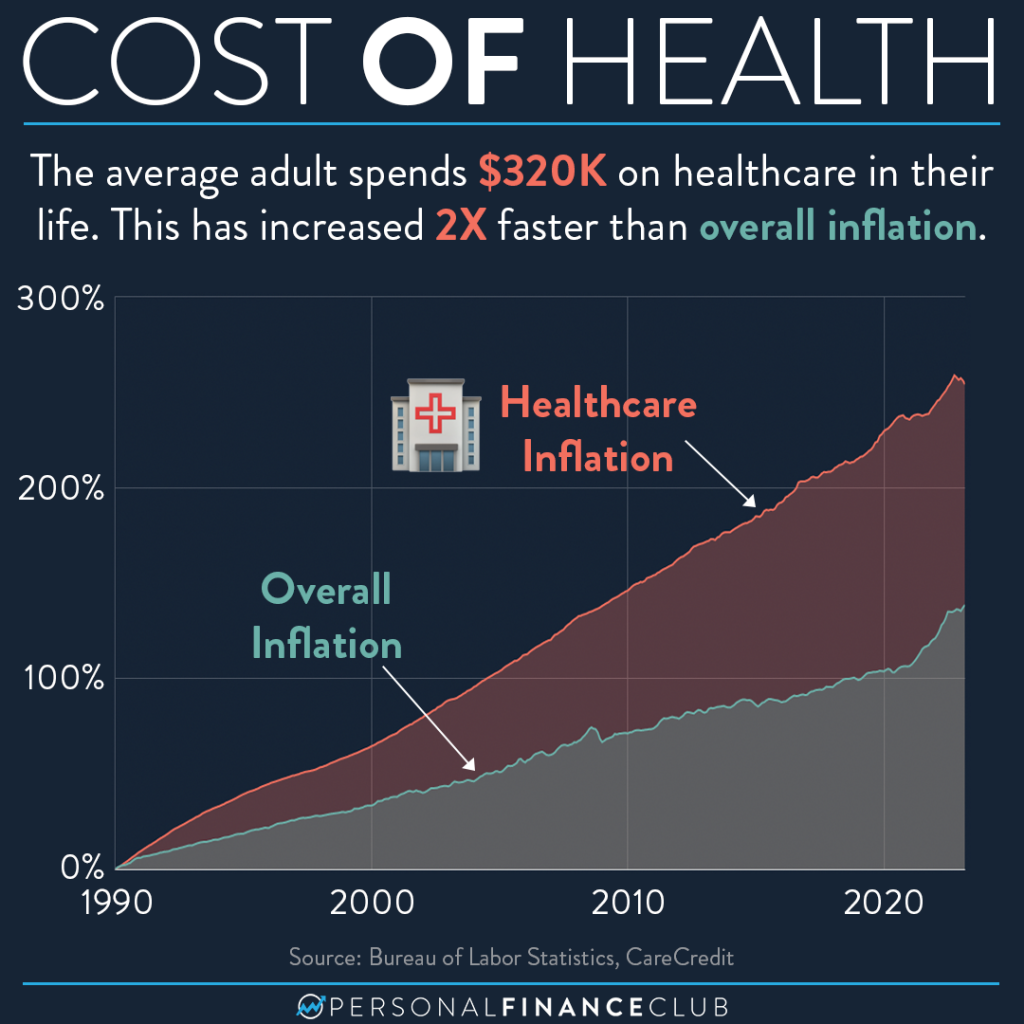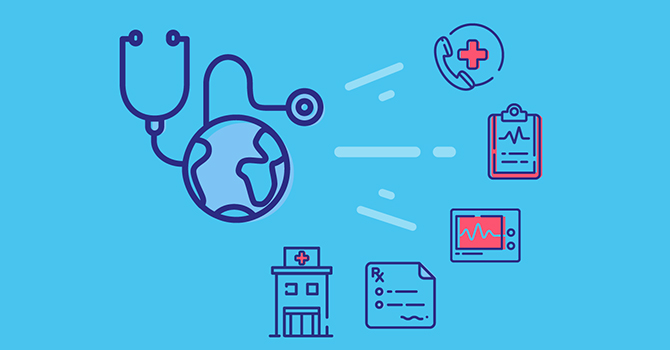Healthcare RCM Tools to Optimize Earnings and Decrease Rejections
Healthcare RCM Tools to Optimize Earnings and Decrease Rejections
Blog Article
A Comprehensive Guide on How Medical Care RCM Functions to Streamline Billing and Collections
Browsing the intricacies of health care earnings cycle monitoring (RCM) is important for service providers intending to enhance their billing and collections processes. The overview unpacks the details of RCM, from client enrollment to accounts receivable management, offering insights right into maximizing each action.
Understanding Profits Cycle Monitoring
Grasping the complexities of Earnings Cycle Monitoring (RCM) is essential for healthcare organizations aiming to enhance their economic efficiency. RCM is a crucial administrative function that encompasses the entire financial process of client treatment, from the preliminary appointment setting to the last settlement of the equilibrium. It is an intricate treatment made to determine, gather, and handle the profits from the solutions offered to clients. Effective RCM guarantees that health care suppliers obtain timely and exact repayments, reducing the risk of income loss and boosting money circulation.
The RCM process begins when a patient schedules a consultation and prolongs through the person's treatment journey, including invoicing and collections. An essential goal is to reduce the time between giving a solution and receiving repayment, hence improving the company's monetary health. RCM entails numerous functions such as patient registration, insurance confirmation, charge capture, coding, declares submission, settlement publishing, and dealing with rejections and charms.
Key Elements of RCM
In the realm of Earnings Cycle Management (RCM), comprehending its key elements is essential to attaining financial effectiveness within medical care companies. RCM is an extensive procedure that incorporates various stages, each critical to guaranteeing reliable payment and collections. The primary elements include person registration, insurance coverage confirmation, cost capture, coding, case submission, payment posting, and balance due administration.


When coded, insurance claims are submitted to payers, where precision is extremely important to stay clear of hold-ups or rejections - Healthcare RCM. Settlement uploading entails taping the received payments, which enables for the reconciliation of accounts. Finally, receivables monitoring concentrates on monitoring and resolving unsettled cases, making certain prompt follow-up and resolution
Each part of RCM is interconnected, and ineffectiveness in any component can interfere with the whole cycle. Consequently, grasping these aspects is vital for doctor to optimize earnings and improve their monetary health and wellness.
Strategies for Efficient Payment

Standardizing invoicing procedures throughout the company is another essential strategy. Establishing clear standards for documentation, coding, and entry helps keep consistency and conformity with regulatory needs. Educating team regularly on these procedures guarantees everybody is up-to-date with the current changes in payment codes and payer plans.
Exact fee capture is essential in stopping earnings leakage. Applying regular audits and surveillance systems enables the identification and correction of disparities before they impact income. Furthermore, preserving open lines of communication with payers assists to promptly solve any disputes or misunderstandings that might occur.

Lastly, engaging clients early in the billing process by providing clear price quotes and educational materials about their economic responsibilities can substantially lower complication and improve settlement timeliness. These strategies collectively add to a more monetarily healthy and effective billing system.
Enhancing Collections Processes
A robust collections process is essential for preserving monetary security within healthcare companies. Given the intricacies of clinical billing and the selection of payer needs, improving the collections process entails carrying out critical steps that make sure accurate and timely payment of solutions made. Central to this is the use of technology to automate and streamline procedures, enhancing and reducing hands-on errors efficiency. Automation tools can assist in tracking case standings, sending prompt tips to clients, and handling rejections much more properly.
Clear and clear patient communications are crucial. Providing in-depth descriptions of fees and supplying adaptable repayment strategies can increase individual fulfillment and prompt settlements.
Routine audits of the collections process must be performed to recognize locations my site for renovation and make sure conformity with laws. By evaluating data, health care organizations can recognize patterns, expect possible issues, and adjust strategies accordingly (Healthcare RCM). Inevitably, a well-enhanced collections process not only supports financial wellness but likewise adds to a more smooth experience for individuals and personnel alike
Optimizing Income Streams
Building upon the structure of a strong collections procedure, healthcare companies can further reinforce their financial security by tactically optimizing profits streams. This entails a multi-faceted approach, beginning with an extensive analysis of existing income resources to identify inadequacies and areas for growth. Employing advanced information analytics devices makes it possible for companies to gain understandings into payer mix, patient demographics, and solution see post utilization patterns, permitting data-driven choices that improve earnings capture.
Applying automated billing systems can considerably reduce mistakes and expedite claims refining, ensuring that revenue is collected a lot more successfully. Furthermore, optimizing payer agreements via routine arrangements can enhance compensation rates and terms, straight affecting the bottom line. Diversifying service offerings, such as integrating telehealth or health programs, can also bring in a more comprehensive individual base, thus raising income possibility.
Another essential element is boosting client involvement and contentment, as completely satisfied individuals are most likely to adhere to therapy strategies and make timely payments. Offering versatile settlement choices and transparent payment practices can improve collections and foster person commitment. Healthcare RCM. By taking on these strategies, health care companies can produce a much more resilient financial structure, guaranteeing continual development and security in an ever-changing industry landscape
Final Thought
To conclude, healthcare Income Cycle Monitoring (RCM) plays an essential duty in enhancing invoicing and collections processes by integrating vital components such as individual enrollment, insurance confirmation, fee capture, coding, claims submission, and balance due monitoring. By using sophisticated technology, standardizing treatments, and promoting person interaction, doctor can considerably decrease insurance claim denials, increase repayment cycles, and enhance capital. This thorough strategy to RCM ultimately causes improved economic effectiveness and sustainability for health care companies.
The RCM procedure begins when a patient timetables a consultation and expands with the client's treatment trip, including billing and collections.One more important component is improving person involvement and satisfaction, as pleased clients are extra most likely to adhere to therapy strategies and make timely payments. Offering adaptable repayment alternatives and transparent billing techniques can enhance collections and foster individual loyalty.In conclusion, medical care Profits Cycle Management (RCM) plays an important function in optimizing billing and collections procedures by incorporating key parts such as patient enrollment, insurance policy confirmation, cost capture, coding, asserts entry, and accounts receivable monitoring. By utilizing advanced modern technology, standardizing procedures, and fostering client interaction, health care suppliers can substantially minimize claim go to these guys denials, speed up payment cycles, and improve cash money flow.
Report this page